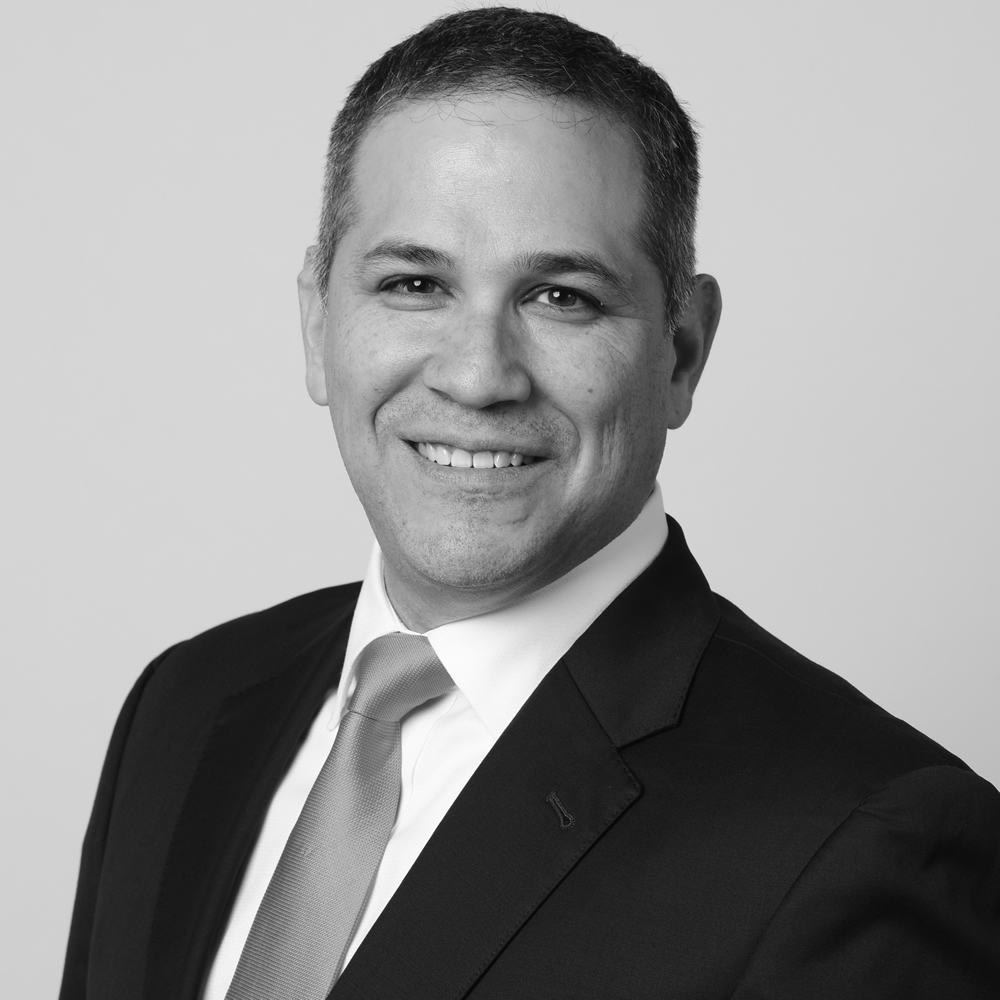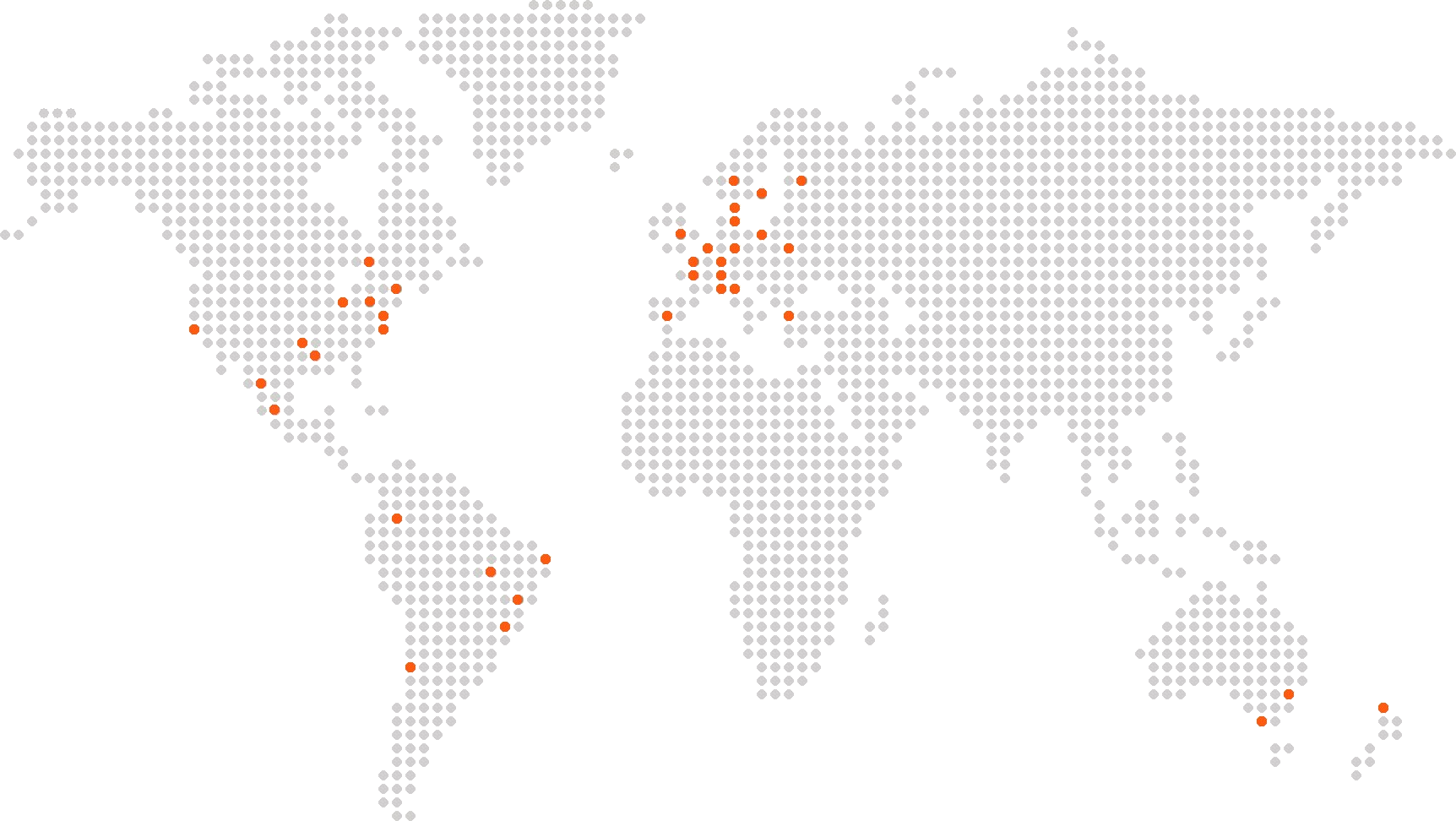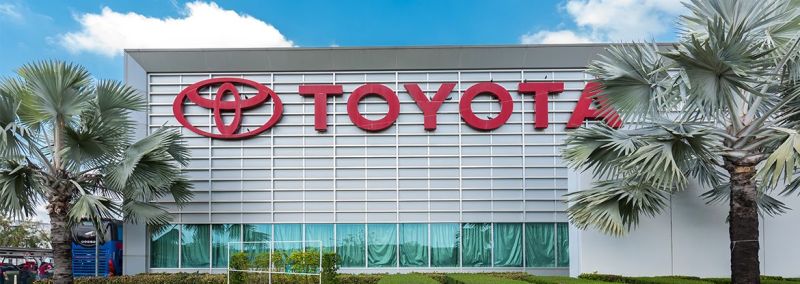Adopting the Toyota Kata in your company can improve the company culture, which in turn would escalate its performance. This approach, however, must be introduced by the senior leaders in the management. From there, the middle and the lower management team members would be able to implement the steps for the whole team to follow.
In this article, we’ll discuss what constitutes Toyota Kata unified field theory approach, according to Mike Rother, and how this method can be successfully implemented throughout the company.
First things first, according to this theory, every individual in the company is surrounded by problems, wastes, and opportunities for improvement. And each person has his or her own experience and knowledge threshold, which is unique and specific. This being said, every employee is a possible source of solution for a particular problem.
Think of the cumulative power of a diverse group, in which each person has his or her own strengths, talents, and interests. With the Toyota Kata methodology, they can be tapped into and be used to solve various problems.
However, to begin with, the management must understand the vision of the company concerning how the customers would expect in the next few years. This would require grasping the current condition by seeing beyond personal biases and preconceived notions so we can gain a detailed and comprehensive understanding for a more objective analysis.
There are 5 processes involved in Toyota Kata analysis, according to Rother. While they were first implemented in manufacturing companies, they can be applied in any industry, including in service businesses.
Outcome Performance
How is the process performing over time? Locate the process to analyze, take note of, and compare the performances.
Customer Demand and Planned Cycle Time
How frequently should the process do what it does? This question is designed to find out any discrepancy that may exist between the process frequency and the results.
Characteristics of the Current Process
Consider creating a block diagram of the work pattern, measure exit cycles and graph fluctuation, and take note of the bullet-point observations. Using visuals would help in better understanding how things work at the moment. Later, they can be used to compare with the latest improvements.
Equipment Capacity
Are there any equipment constraints? What are they? Be clear about them. Take note of each equipment, which includes its positive and negative facts.
The necessary number of operators
How many people are required to operate? What are the requirements? Each equipment, each activity, and each situation should be carefully recorded so any potential issue can be recognized early.
Next, after understanding your limited current threshold, it’s time to venture out to the grey zone, which is outside our own knowledge and experiences. This beyond-your-threshold area comes with uncertainty, ambiguity, and a lot of questions. Also, mistakes. However, the more you’re comfortable with what you don’t know, the more likely you’d reach success and better understanding.
At last, implementing the Toyota Kata approach allows you to understand where you stand, where you’re heading, your goals, and how to get there. It provides you and team members with the foundation to recognize and solve problems and obstacles. Over time, the grey zone will become a comfort zone and solutions would come organically

He is also involved in executive search work focused on board members, CEOs and senior-level executives; and consulting engagements related to leadership and organizational effectiveness helping clients create thriving cultures.
An important part of his time is spent on research work focused on organizational effectiveness centered on leadership and culture. Prior to joining Alder Koten, Jose was a Principal with Heidrick & Struggles’ Global Industrial Practice based in Houston, TX and Monterrey, Mexico.
His professional experience also includes leadership positions in engineering and operations management for manufacturing organizations in the US and Mexico. This experience includes serving as vice president and general manager at Holley Performance Products. Jose is a bi-weekly contributor at Forbes.com.mx writing about executive leadership and career development.
Jose holds a master’s degree in organizational leadership from Gonzaga University and a bachelor’s degree in mechanical and electrical engineering from the Instituto Technologico y de Estudios Superiores de Monterrey. He is fluent in English and Spanish.
About Alder Koten
Alder Koten helps shape organizations through a combination of research, executive search, cultural & leadership assessment, and other talent advisory services.
The firm was founded in 2011 and currently, includes 6 partners and over 28 consultants in 4 cities. The firm’s headquarters are located in Houston and it has offices in Guadalajara, Monterrey, and Mexico City with partner firms in New York, Boston, Chicago, Australia, Belgium, Brazil, Canada, Chile, China, Denmark, Finland, France, Hong Kong, Italy, Germany, Netherlands, New Zealand, Norway, Poland, Russia, Spain, Sweden, Switzerland, Turkey, and United Kingdom. We know where to find the executives you need and how to attract top talent to your organization. Our approach to executive search is based on a thorough understanding of the strategic, cultural, financial and operational issues our clients face. Our executive search engagements are targeted and focused on the specific requirements of the position including industry and functional experience, skills, competencies, cultural fit, and leadership style. Our process is rigorous. We take a disciplined and structured approach to identifying potential candidates that meet the position requirements including subject-matter, functional and regional expertise. We use our high-level professional networks, industry knowledge, and internal research resources to achieve results in every executive search engagement.





